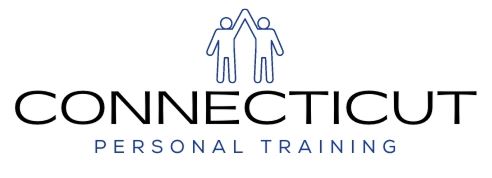This will be a 2 part series that explains what exactly first step quickness is, and how I, as a Personal trainer in Newington, Connecticut & Certified Strength and Conditioning Specialist, go about building it!
Part 1 will focus mainly on the definition of first step quickness, its importance, and what is needed to get the most out of training for it.
For athlete personal training in Newington, first step quickness refers to that first part of acceleration from a stopped position, and is crucial in every sport. Softball and baseball players use it when running the bases or chasing after a ball, football players use it to get off the line quicker, track athletes use it to get off the blocks faster. An athlete who can accelerate faster than their opponents will have a clear advantage. As Newington’s top personal trainer, it is my goal to give every athlete the best possibility to have that advantage. There are three crucial elements that encompass a complete routine to improve acceleration. These three elements are proper movement patterns during personal training sessions; sprint training; and carefully chosen strength training. Using an in-depth evaluation, we can determine incorrect movement, tight and weak muscles and which sprints drills are proper for the individual athlete. Using this evaluation, we will choose from a wide array of techniques and drills to improve first step quickness.
Personal Trainer in Newington, CT knows…
Being a certified Personal Trainer in Newington, CT the first step to understanding proper acceleration is to understand the body’s proper bio mechanics. Proper movement dictates that as one leg/hip flexes the opposite leg/hip will extend. Simultaneously, as the legs move the opposite arm will move in cross-movement pattern. This is most obviously seen in babies as they start to crawl. As own leg moves forward the opposite arm will move forward at the same time, this repeated movement will propel the baby forward. This same movement is meant to stay with a person as they age, but over time most people learn incorrect movement patterns. Because the body is meant to work efficiently in a specific movement pattern, the correction to improve an athlete’s speed is to fix their form and movements. In Newington, CT as a personal trainer, I do this using drills such as: a hand-picked dynamic warm-up (skips, jogs, etc.) that’ll match the actions of running and focuses on proper opposite leg and arm movements. We can also do various hurdle and agility ladder drills where the emphasis is always proper arms swing, knee drive, and opposite leg and arm. An untrained athlete goes through 4 phases of learning a new movement pattern. The first is when an athlete move incorrectly but is unaware of it; the next the athletes is aware of the correct form but is still struggling to perform the proper action; following the second phase the athlete learns how to move correctly but needs to consciously think about it; the final step is when the athlete is created a new correct movement pattern and it has become a natural action. A good strength and conditioning coach’s job is to guide an athlete through these four phases.
In Part 2 of Newington CT Personal Trainer Explains First Step Quickness and Speed we will explore the finer points of speed development and how to get the most of training with yours truly, Newington’s top personal trainer.



